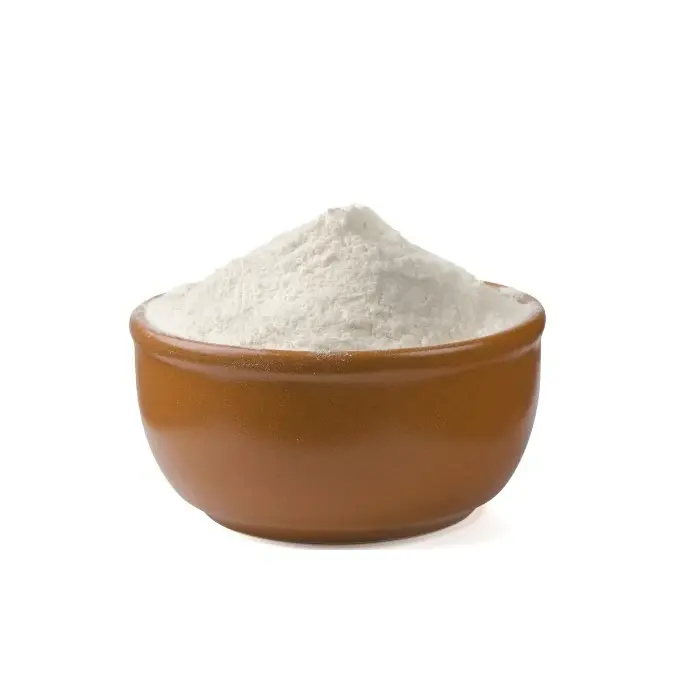1 Scope
2 principles
The sample was dissolved in H2SO4 and HF. In the presence of pH 10 ammonia-ammonium chloride buffer solution, titrate with EDTA standard titration solution using acidic chromium deep-naphthol green B as indicator.
3 reagents
3.1 Triethanolamine (1+1).
3.2 Ammonia (1+1).
3.3 Ammonia-ammonium chloride buffer solution (pH 10).
Weigh 67.5g of ammonium chloride and dissolve it in an appropriate amount of water, add 570mL of ammonia water, and then dilute to 1L with water.
3.4 Acidic chromium deep-naphthol green B (mass ratio 1:3) mixed indicator.
Grind the mixed reagent and potassium nitrate in an agate mortar at a ratio of 1:50, mix well, and store in a brown bottle with a ground mouth.
3.5 EDTA (disodium ethylenediaminetetraacetate) standard titration solution, about 0.01mol/L.
Weigh 3.7g EDTA into a beaker, add about 200mL of water, heat to dissolve, and dilute to 1L with water.
3.6 Calcium oxide standard solution, 1mg/mL
Weigh 1.7848g of calcium carbonate that has been dried at 105~110℃ for 2 hours and dissolve it in 20mL of hydrochloric acid (1+1). Heat it to a slight boil to drive out the carbon dioxide. Cool it and transfer it to a 1L volumetric flask. Dilute to the mark with water and shake well. . 1 mL of this solution contains 1 mg of calcium oxide.
3.7 Calcium indicator [2-hydroxy(2-hydroxy-4-sulfonic acid-1-naphthalene diazonium)3-naphthoic acid].
Mix 1g of calcium indicator and 50g of potassium sulfate, grind and mix in an agate mortar, and store in a ground brown bottle.
3.8 EDTA (disodium ethylenediaminetetraacetate) standard solution, about 0.01mol/L.
3.8.1 Preparation
Weigh 3.7g EDTA into a beaker, add about 200mL of water, heat to dissolve, and dilute to 1L with water. &
3.8.2 Calibration
Take 10 mL of calcium oxide standard solution into a 300 mL beaker, add about 150 mL of water, dropwise add 200 g/L potassium hydroxide solution to adjust the pH to approximately 12, and then add 2 mL of 200 g/L potassium hydroxide solution. Add an appropriate amount of calcium indicator and titrate with approximately 0.01mol/LEDTA standard solution until the color changes from wine red to bright blue.
The titer of EDTA standard solution to magnesium oxide is calculated according to the following formula:
In the formula: titer of TMgO-EDTA standard titration solution to magnesium oxide, mg/mL;
m—the amount of calcium oxide taken, mg;
V1—the volume of EDTA standard solution consumed during calibration, mL;
56.08—Molar mass of calcium oxide, g/mol;
40.30—Molar mass of magnesium oxide, g/mol.
4 steps
4.1 Weighing samples
Weigh 0.5g sample, accurate to 0.0001g.
4.2 Sample processing
Place the sample in a platinum crucible, moisten it with a small amount of water, add 1mL sulfuric acid (1+1) and 7~10mL hydrofluoric acid, and evaporate on a low-temperature electric furnace until white smoke of sulfur trioxide is emitted. Repeat the treatment once, gradually increase the temperature, and drive away the white smoke of sulfur trioxide. Cool, add 10mL hydrochloric acid (1+1) and appropriate amount of water, heat to dissolve. After cooling, transfer to a 250mL volumetric flask, dilute to volume with water, and shake well.
4.3 Titration
Take 25mL of the test solution into a 300mL beaker, dilute it with water to about 150mL, add 3mL of triethanolamine (1+1), adjust the pH value to about 10 with ammonia water, add 10mL of pH10 ammonia-ammonium chloride buffer solution and an appropriate amount of acidic chromium dark blue -Naphthol green B mixed indicator, titrate with about 0.01mol/LEDTA standard titration solution until the test solution changes from purple-red to blue-green.
3 Result calculation
Calculate the content of magnesium oxide according to the following formula, expressed in mass fraction:
In the formula: titer of TMgO-EDTA standard solution to magnesium oxide, mg/mL;
V1—the volume of EDTA standard solution consumed when titrating calcium, mL;
V2—the volume of EDTA standard solution consumed when titrating the total amount of calcium and magnesium, mL;
m0—sample mass, g.


